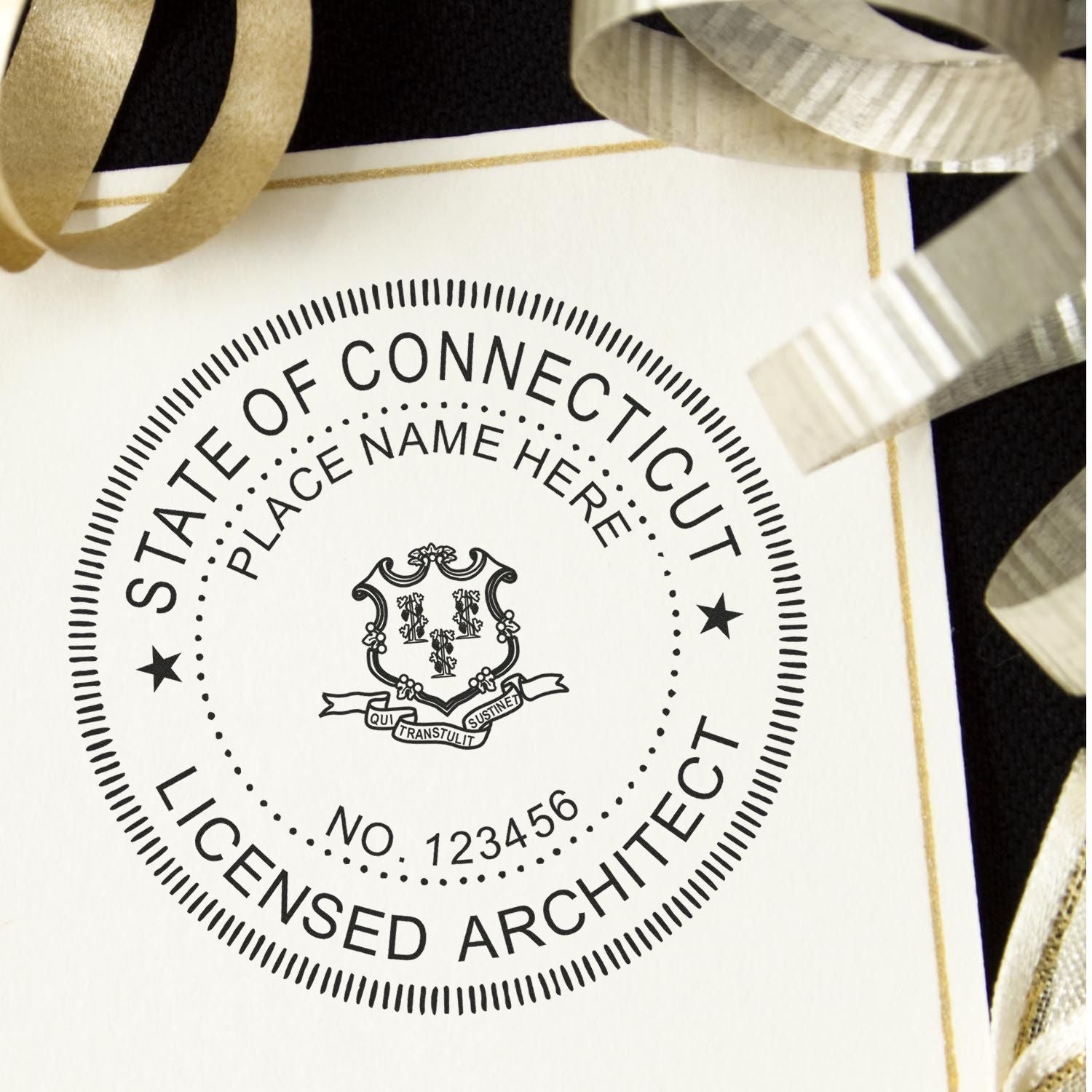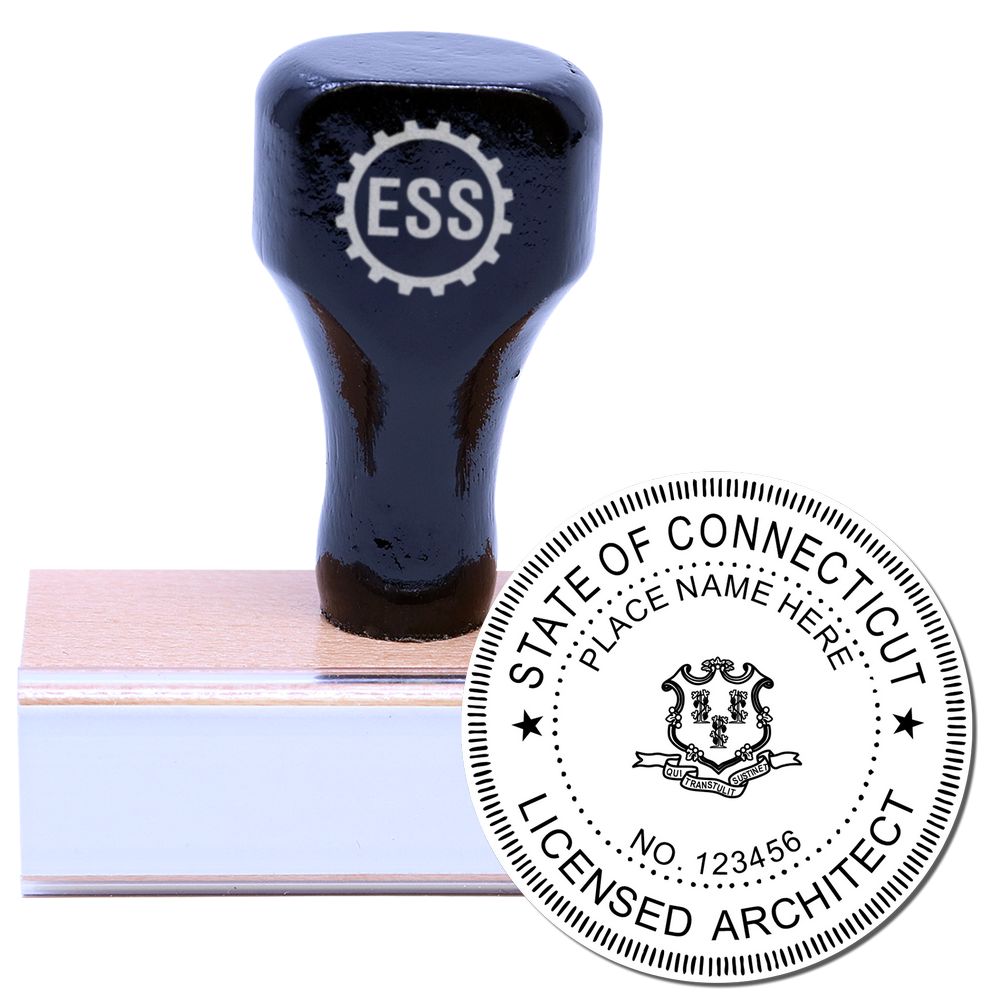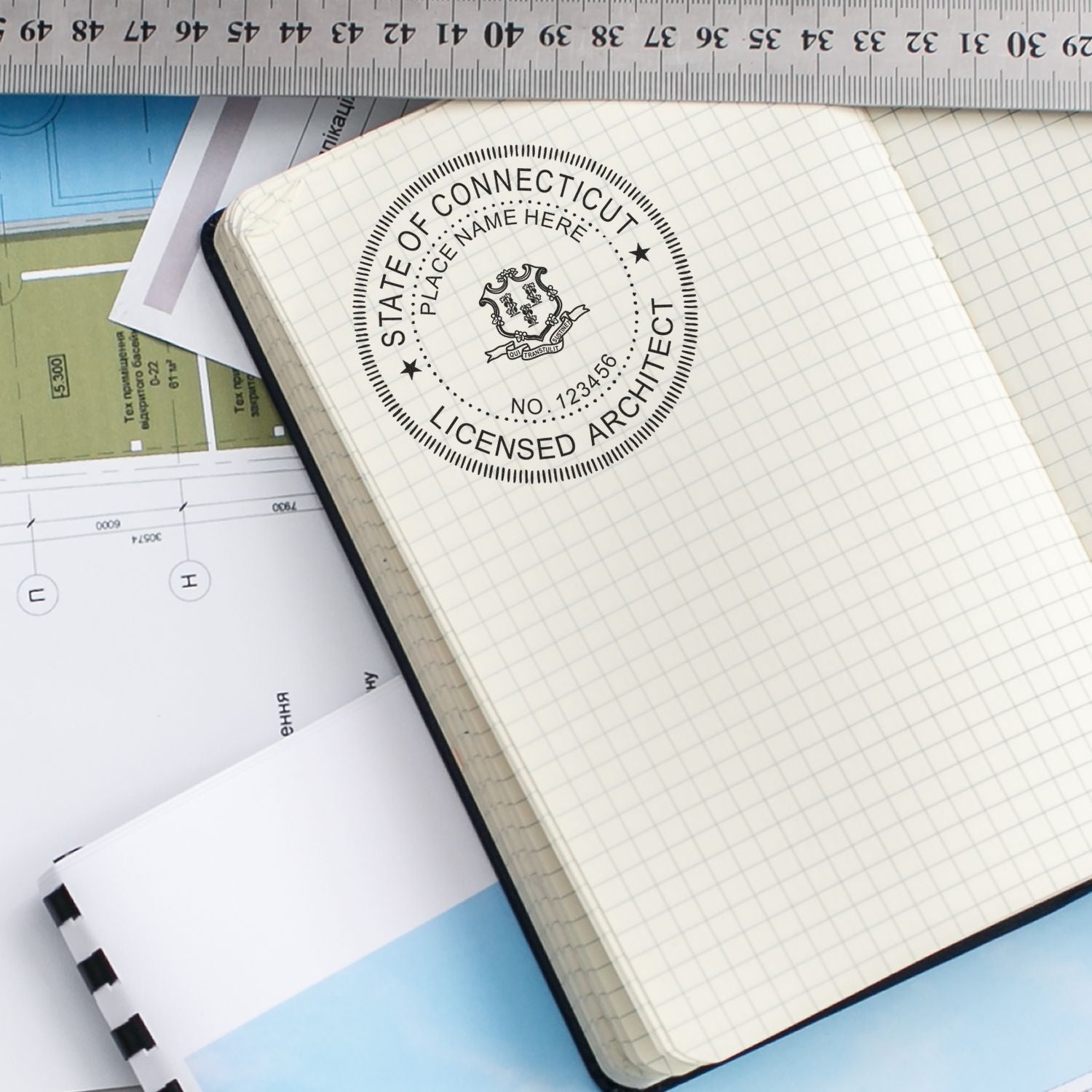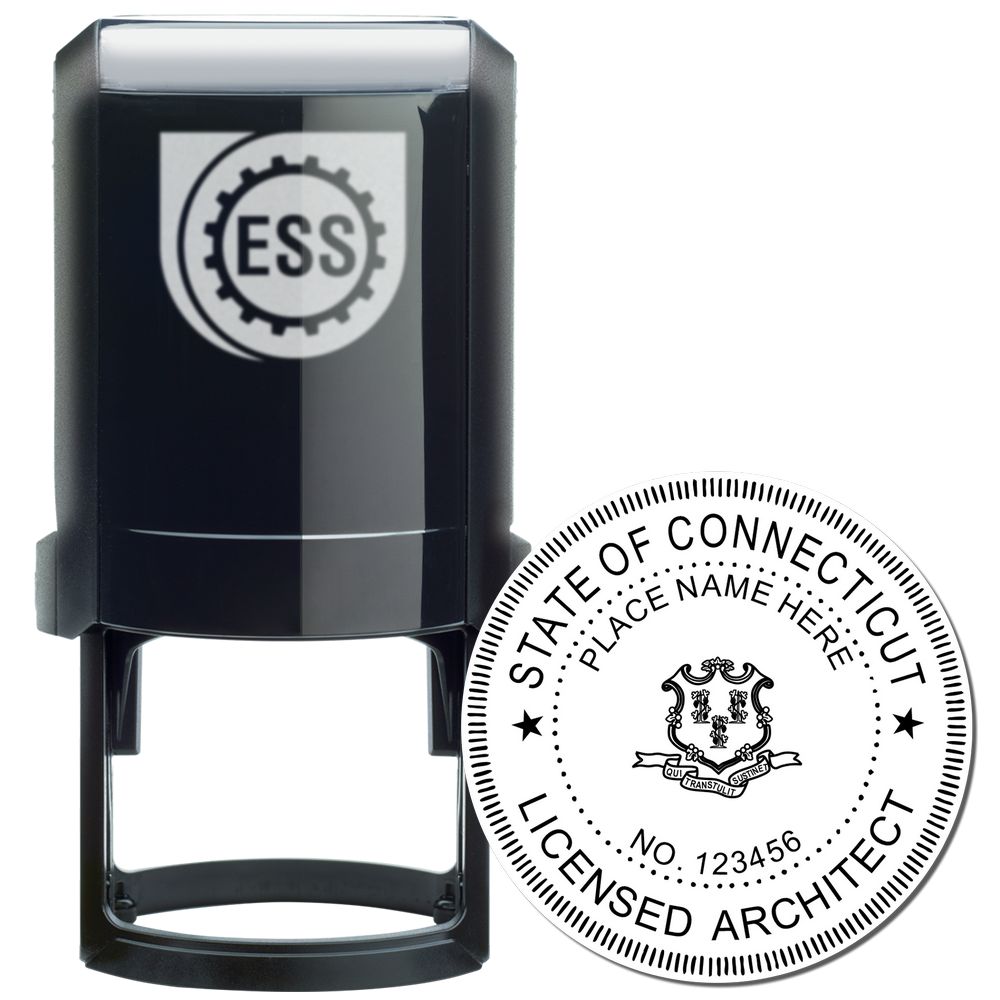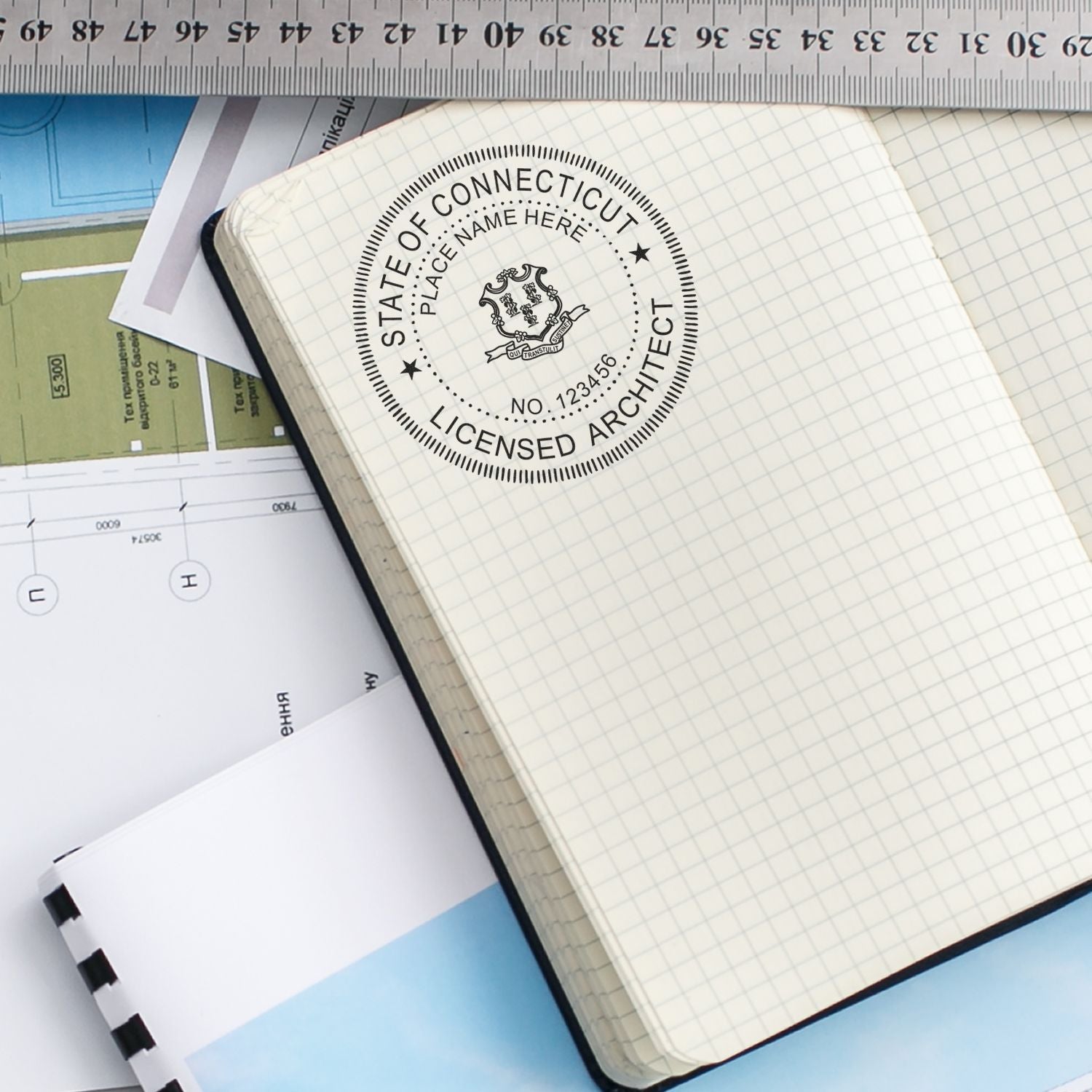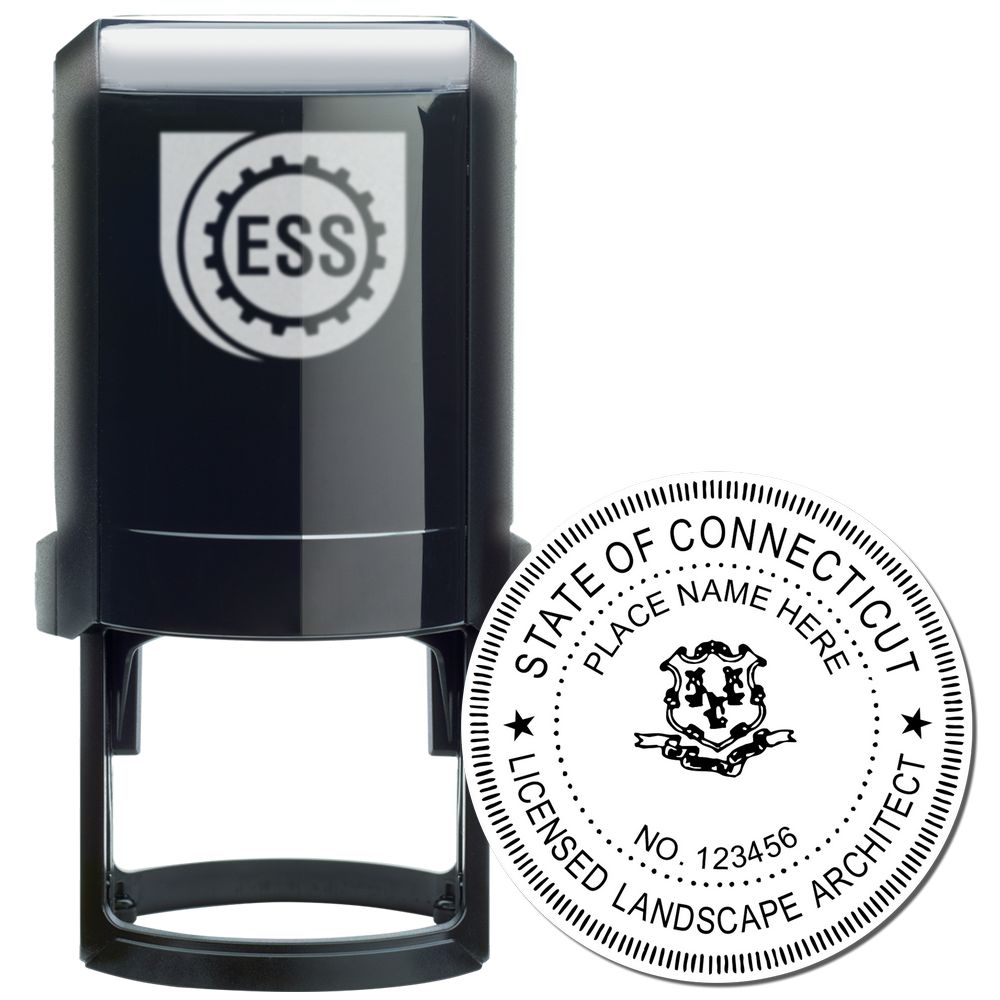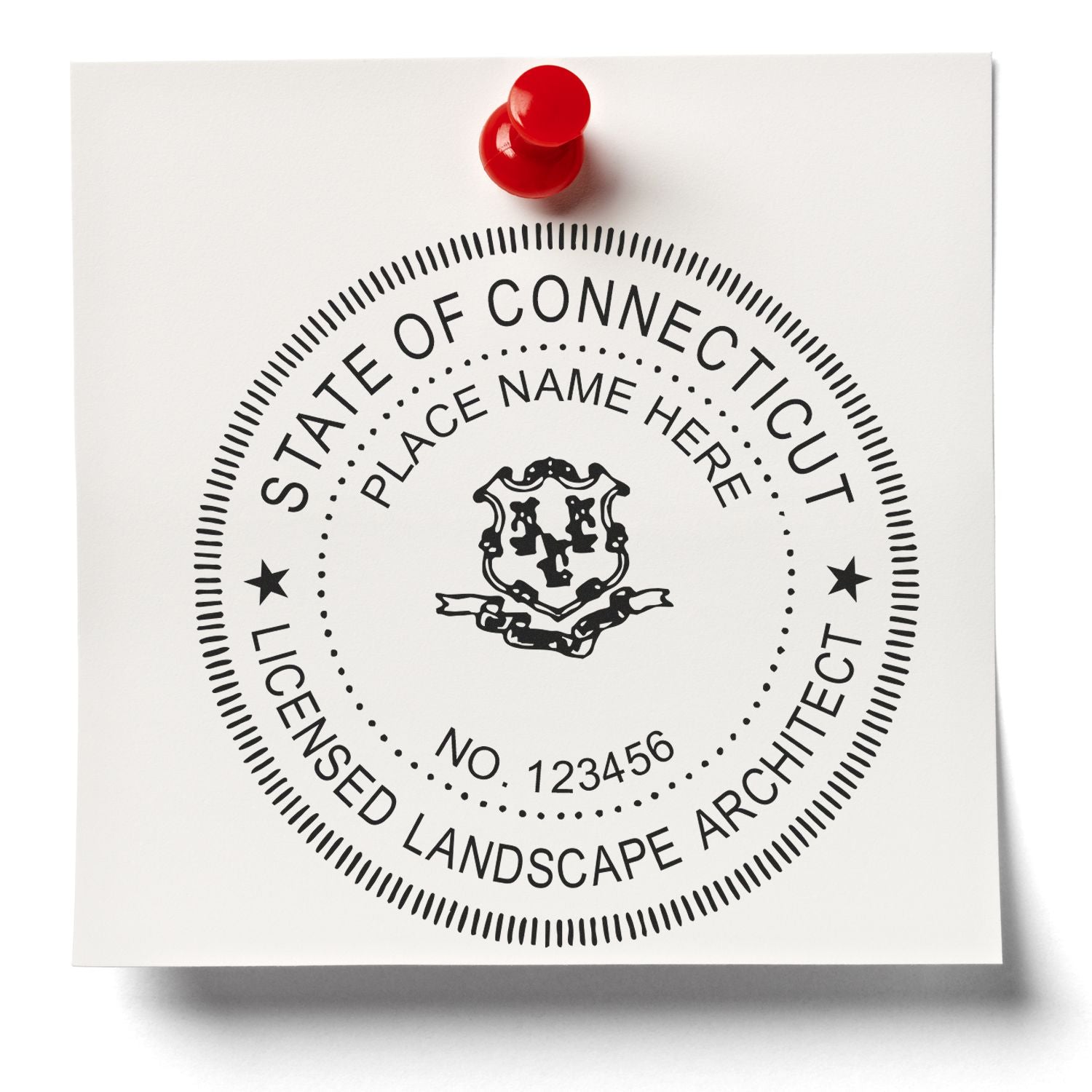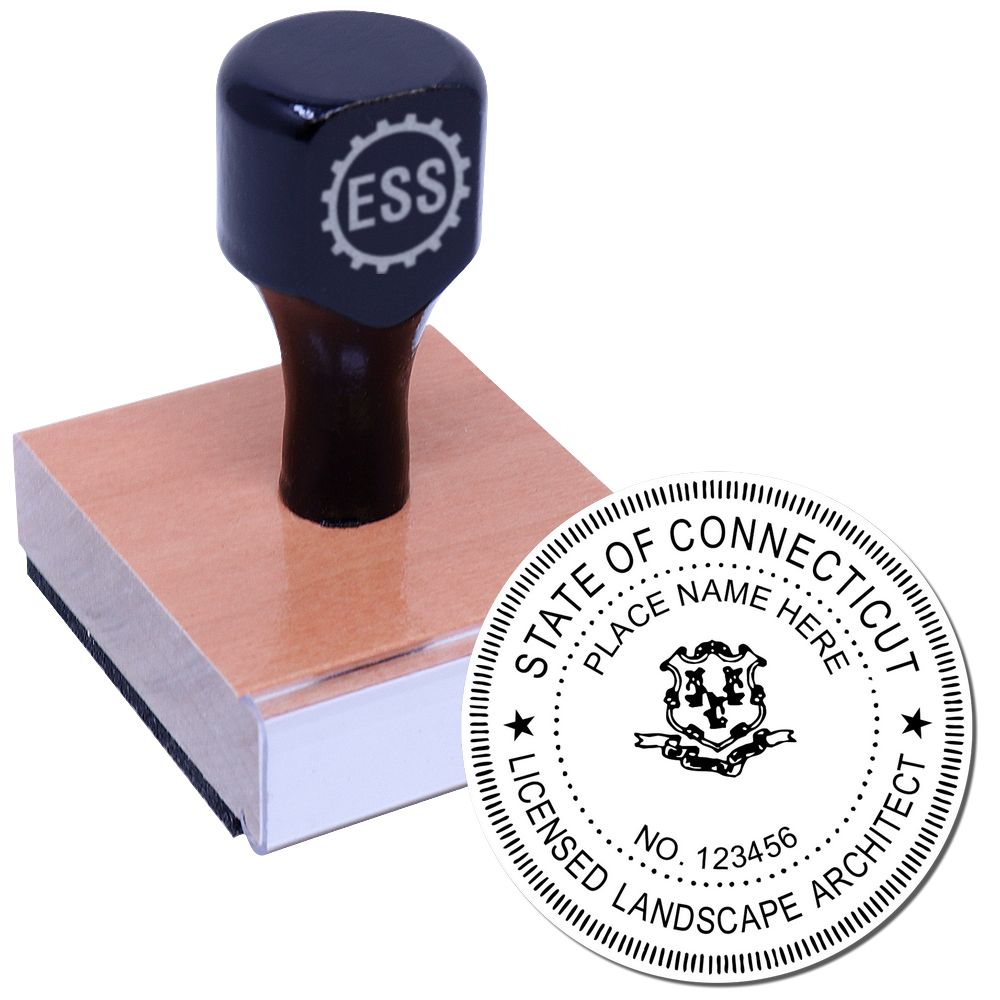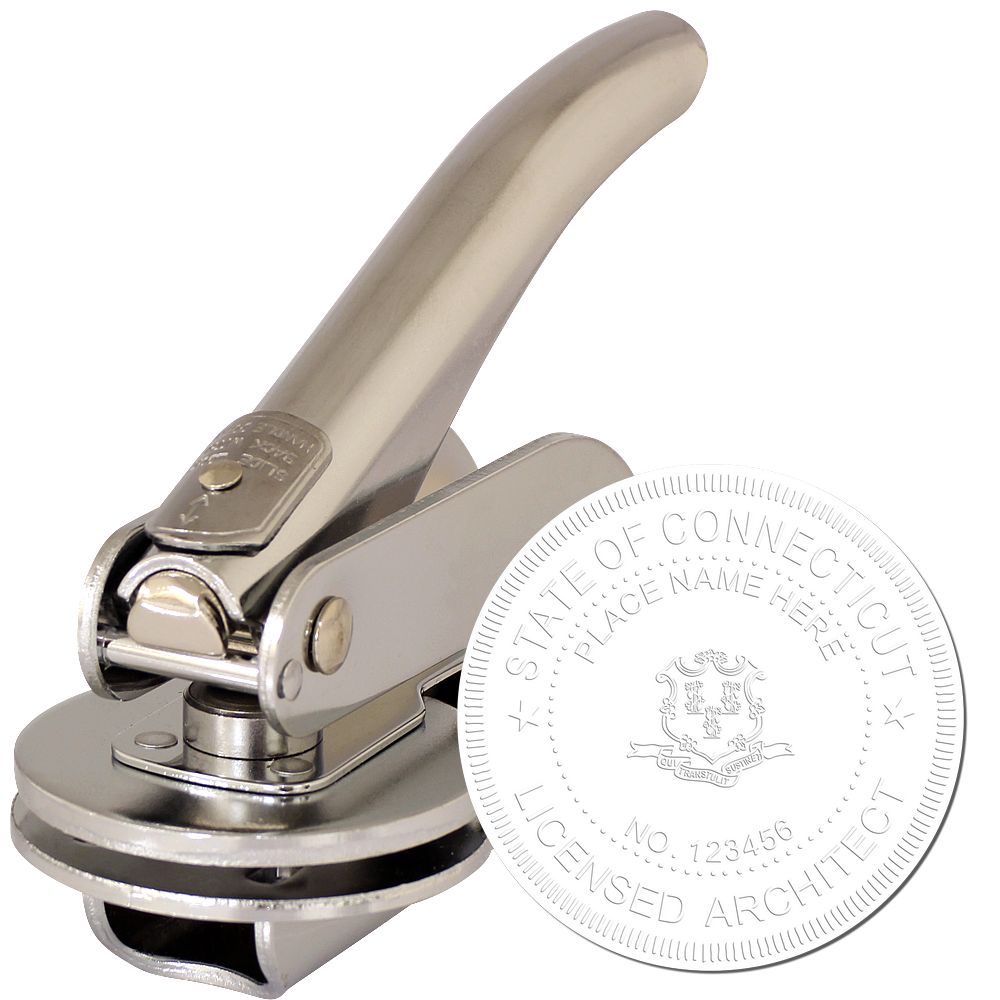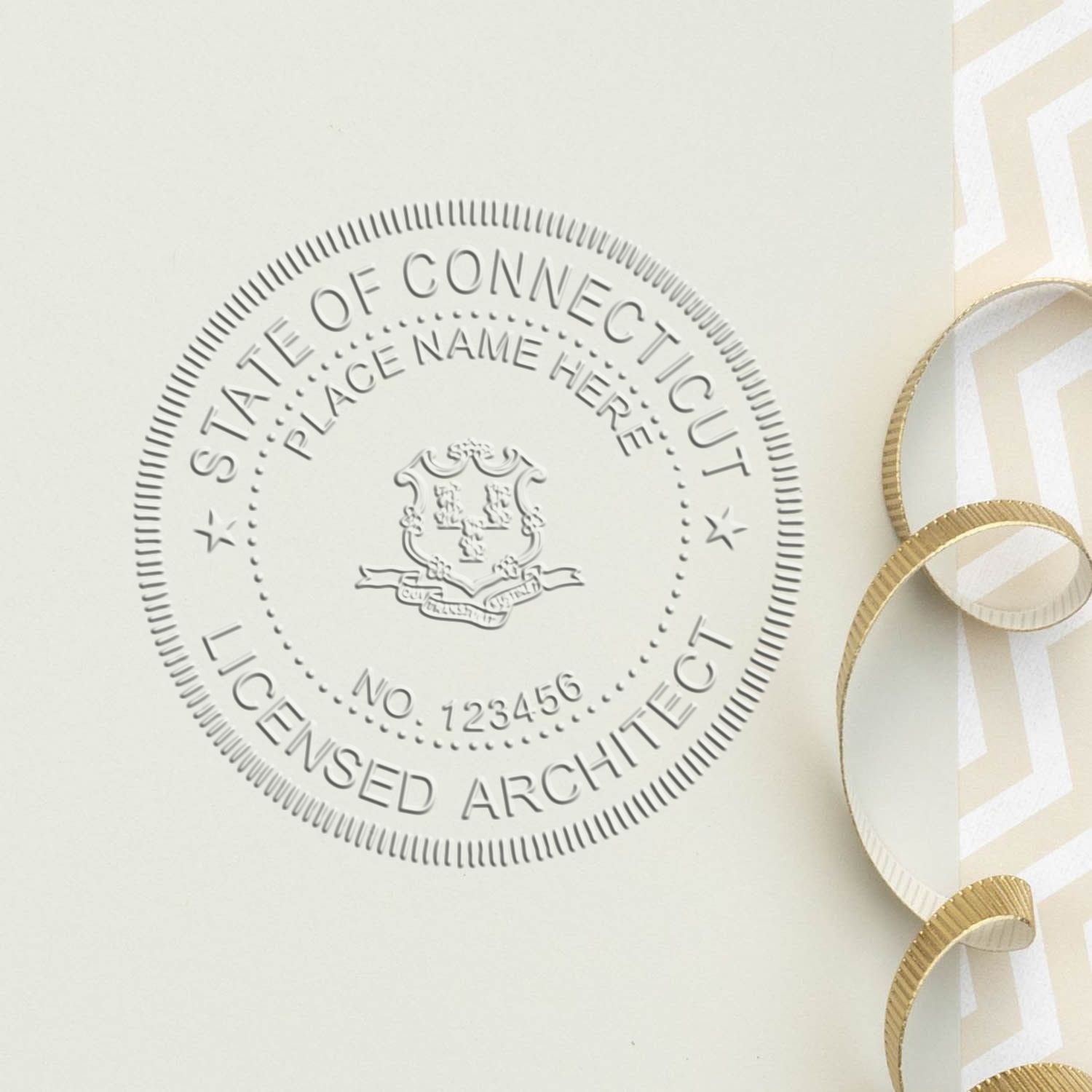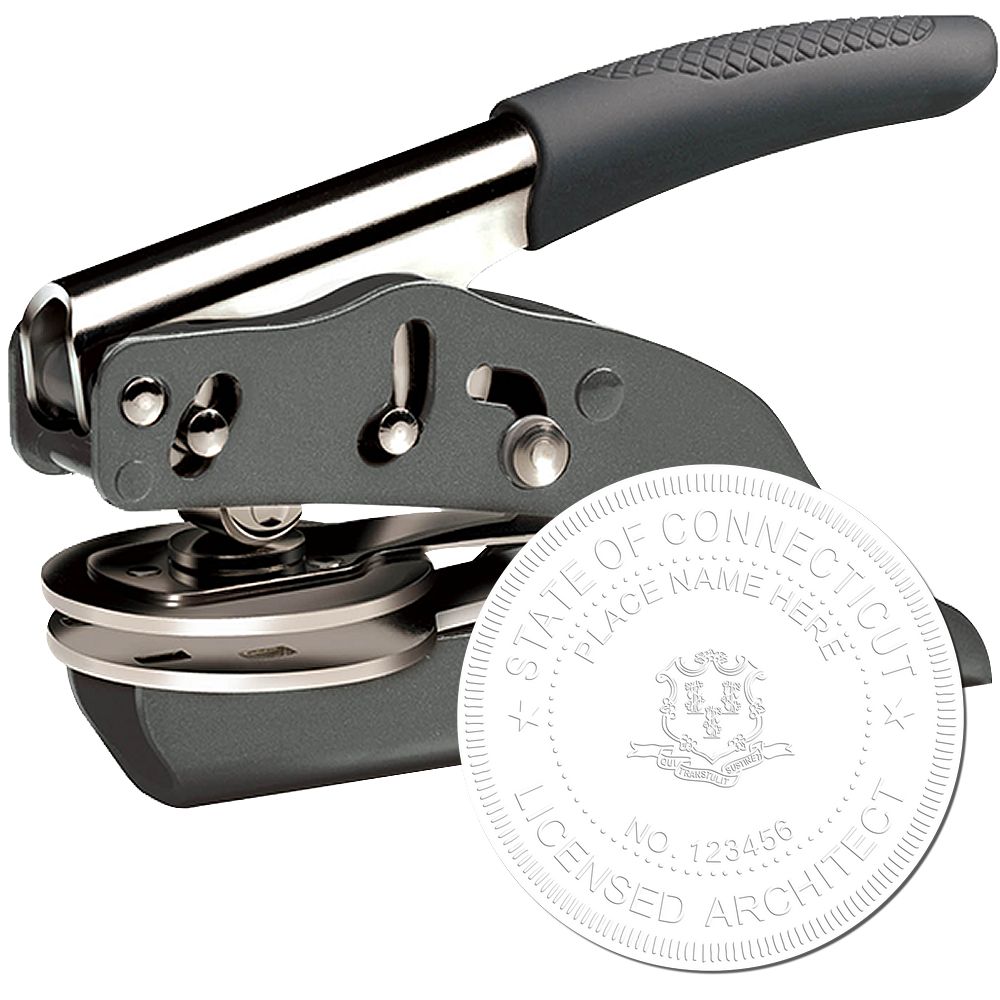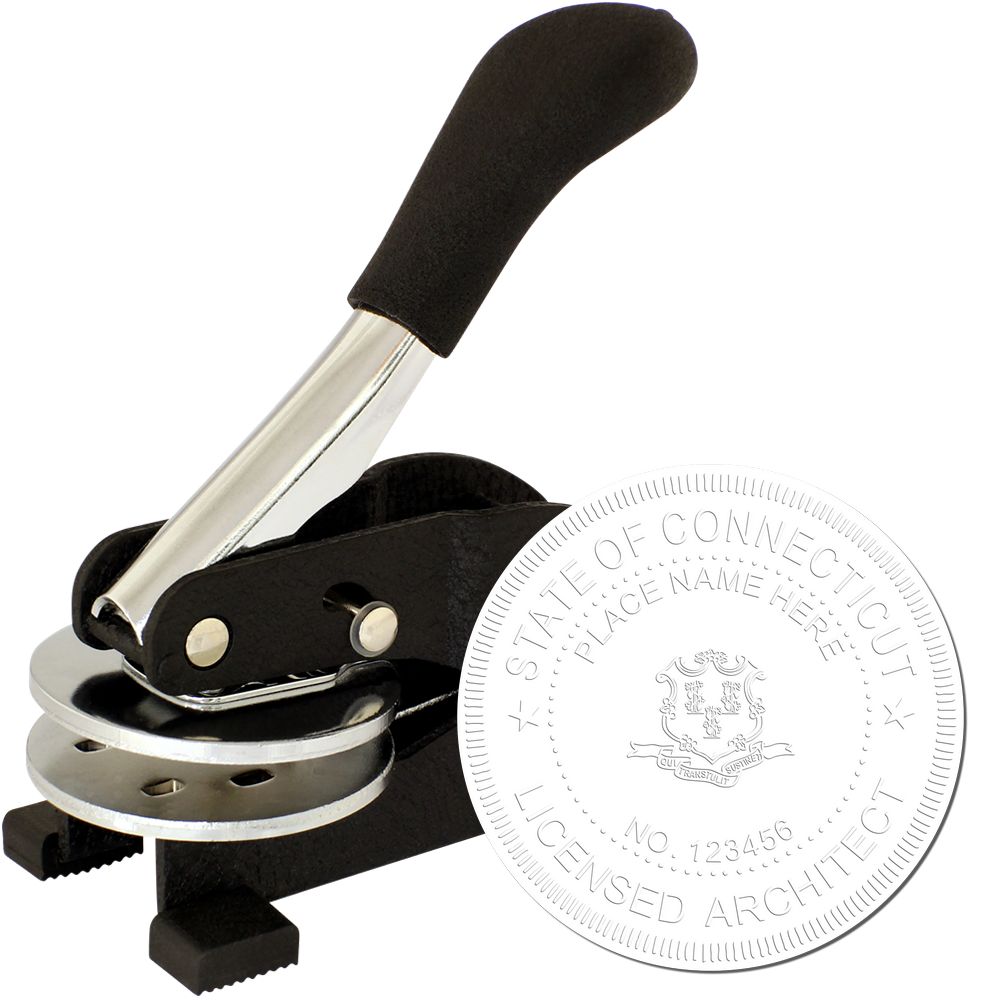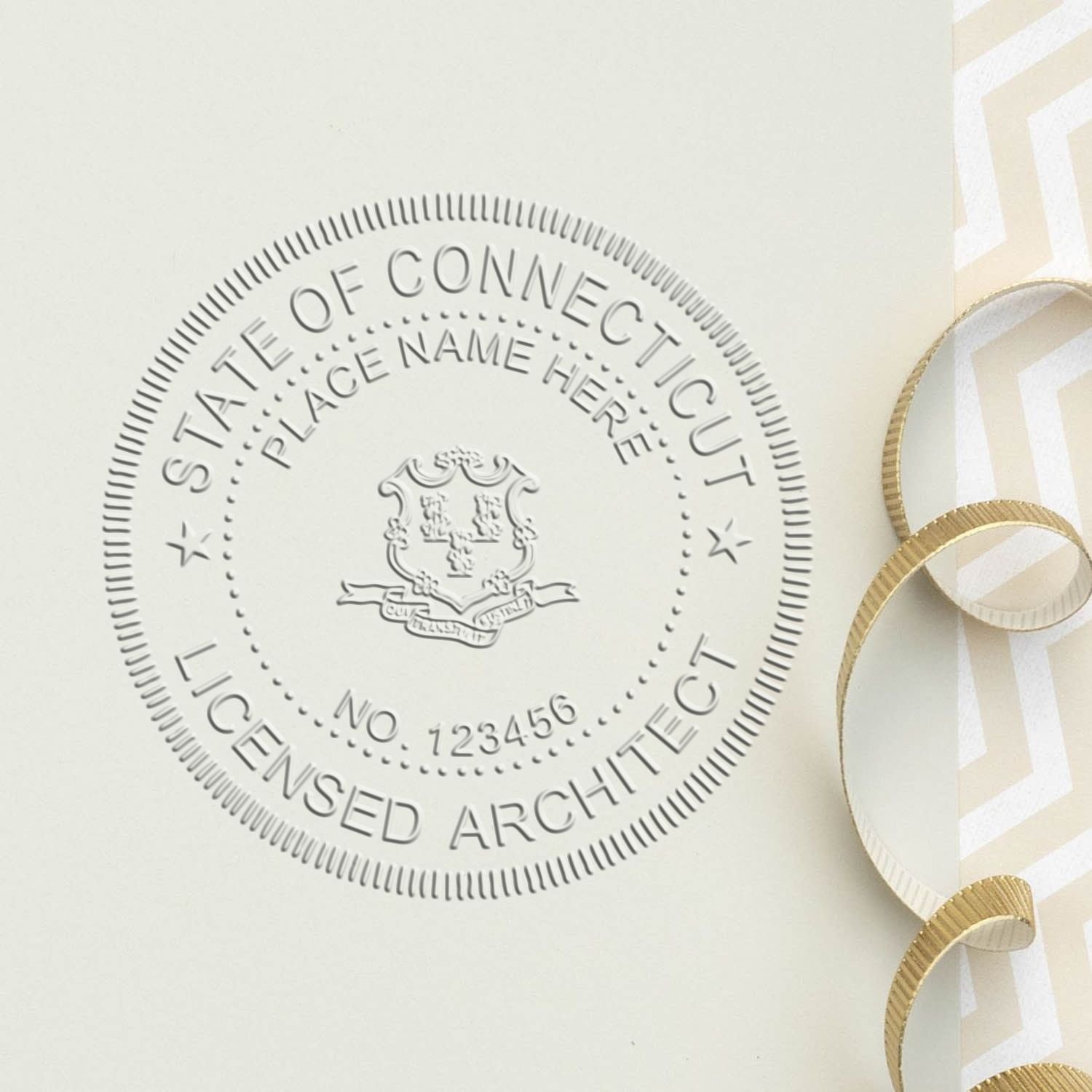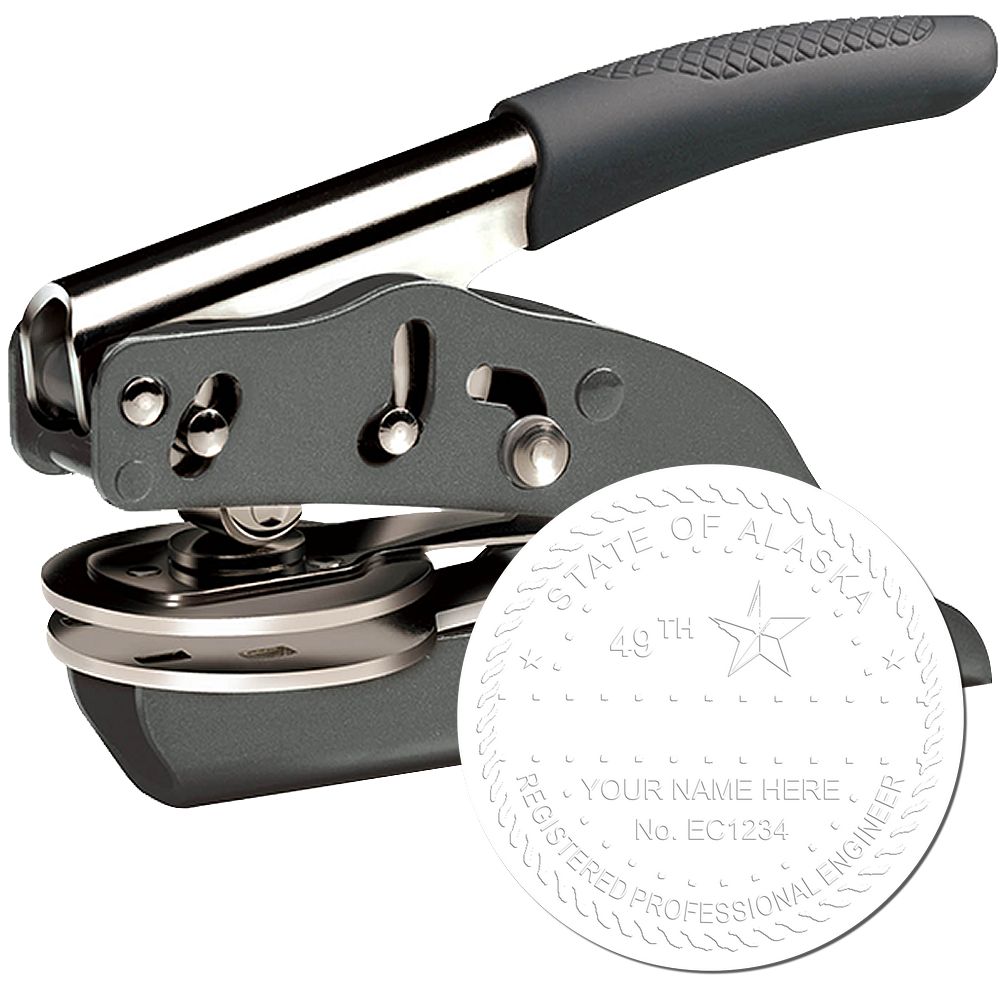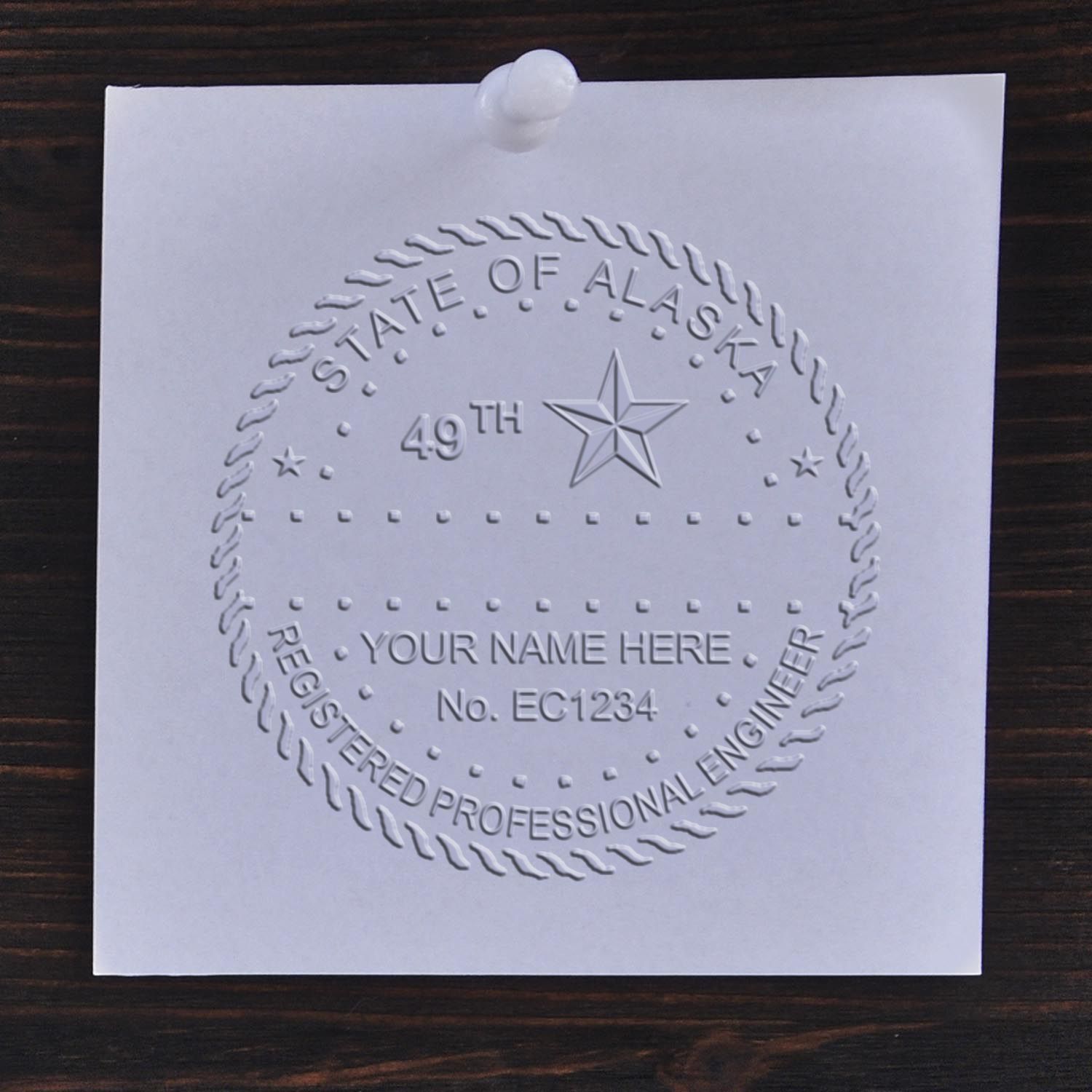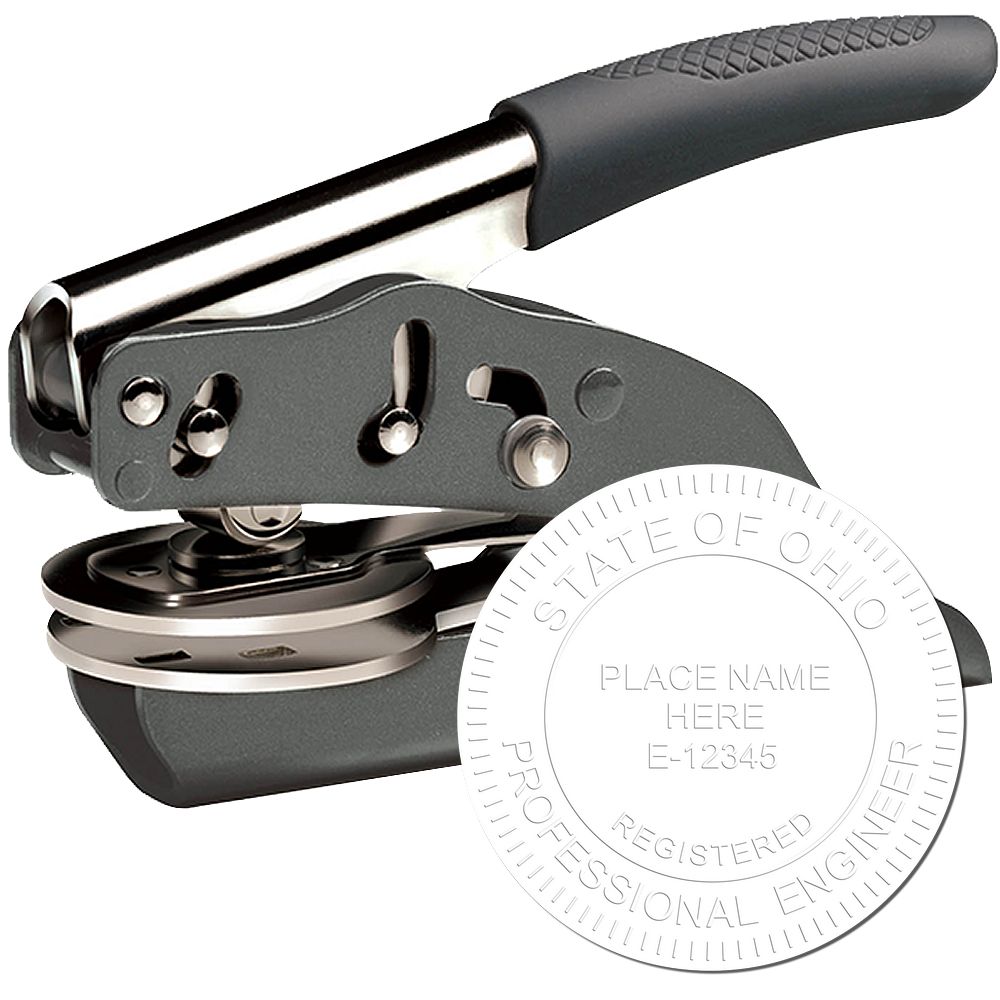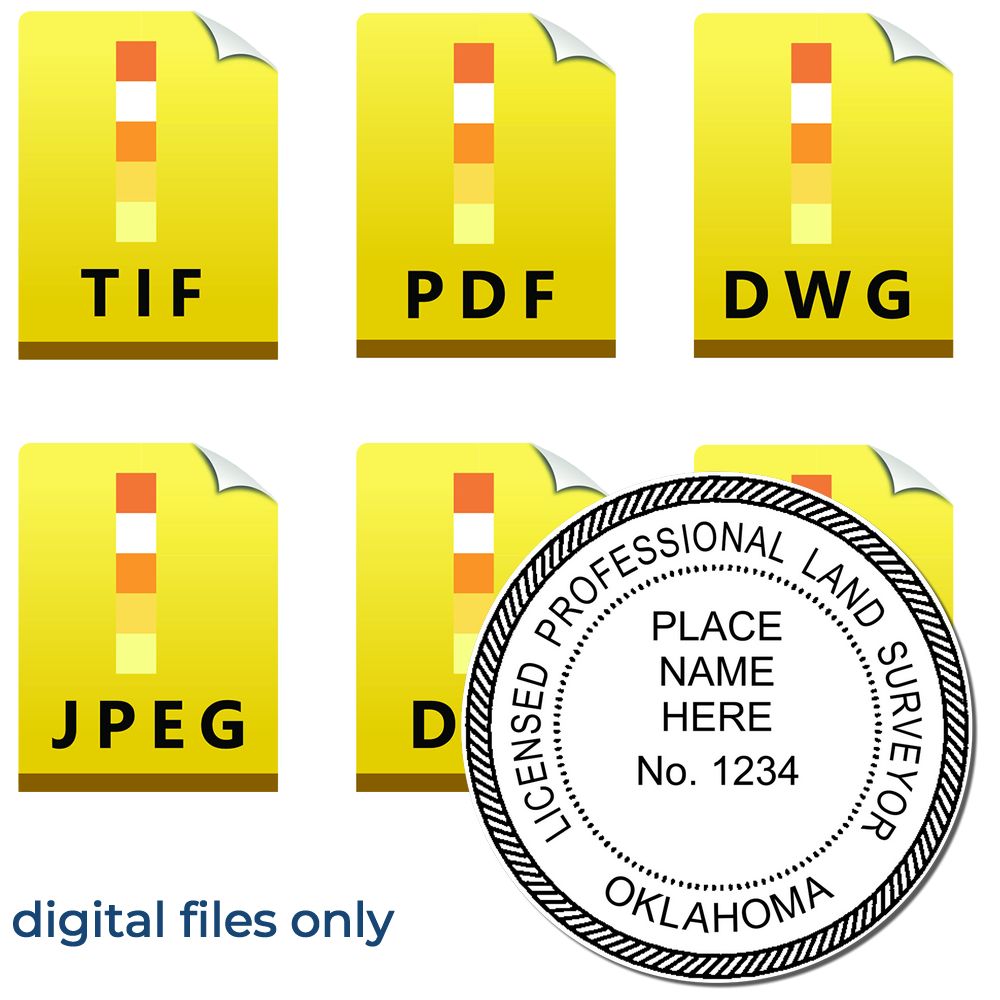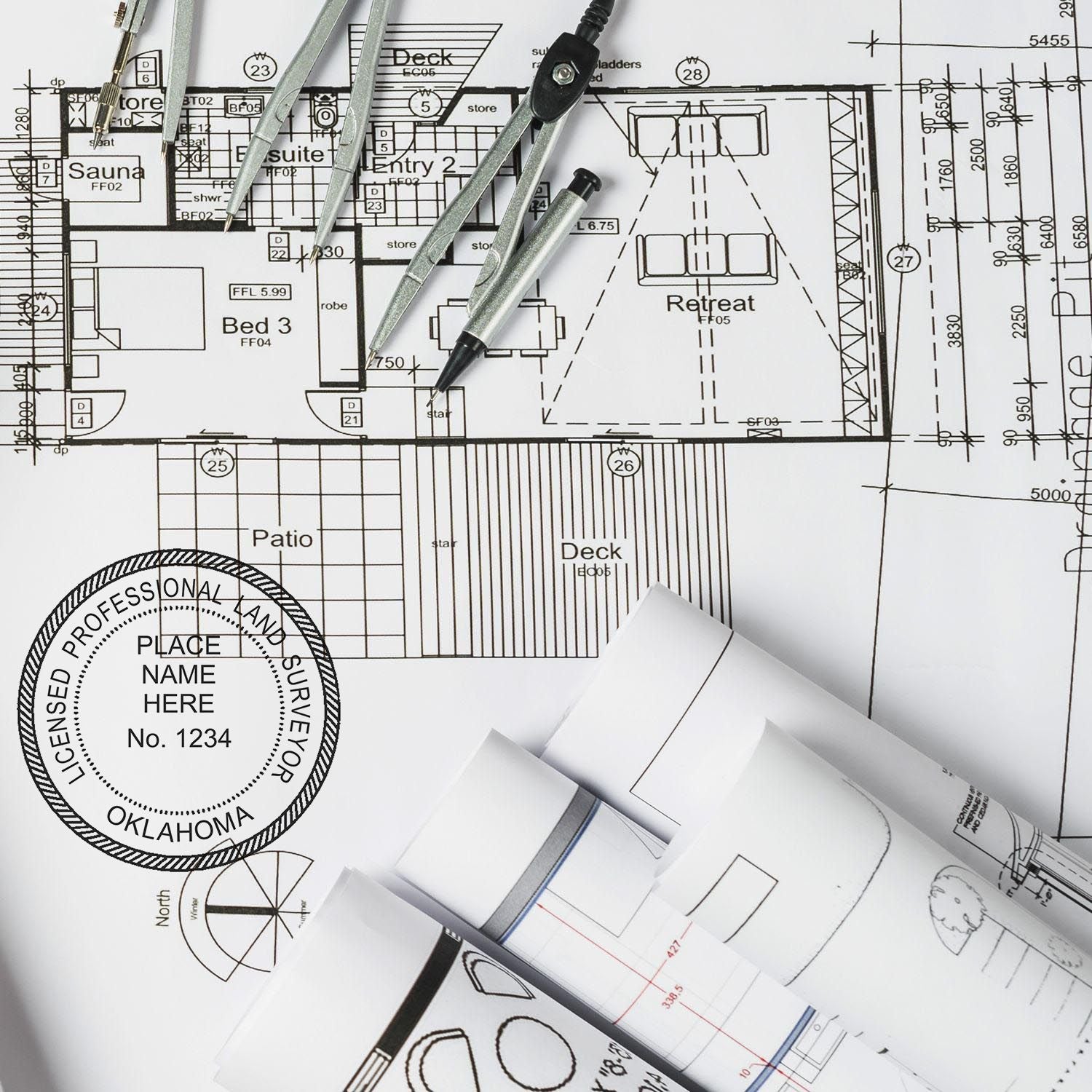The Importance of Architect Stamps
Architect stamps play a vital role in the field of architecture, ensuring the integrity and professionalism of architectural documents. Let's delve into what architect stamps are, why they are required, and gain a better understanding of Connecticut architect stamps.
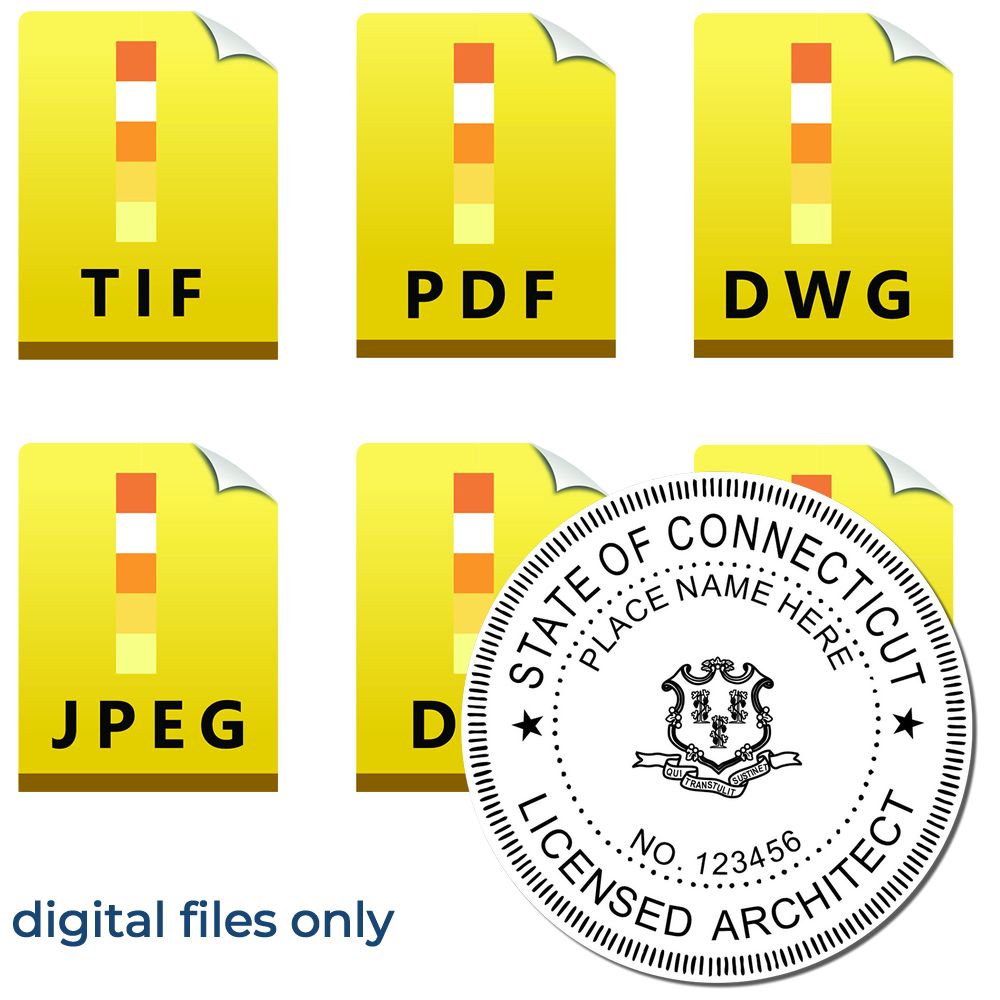

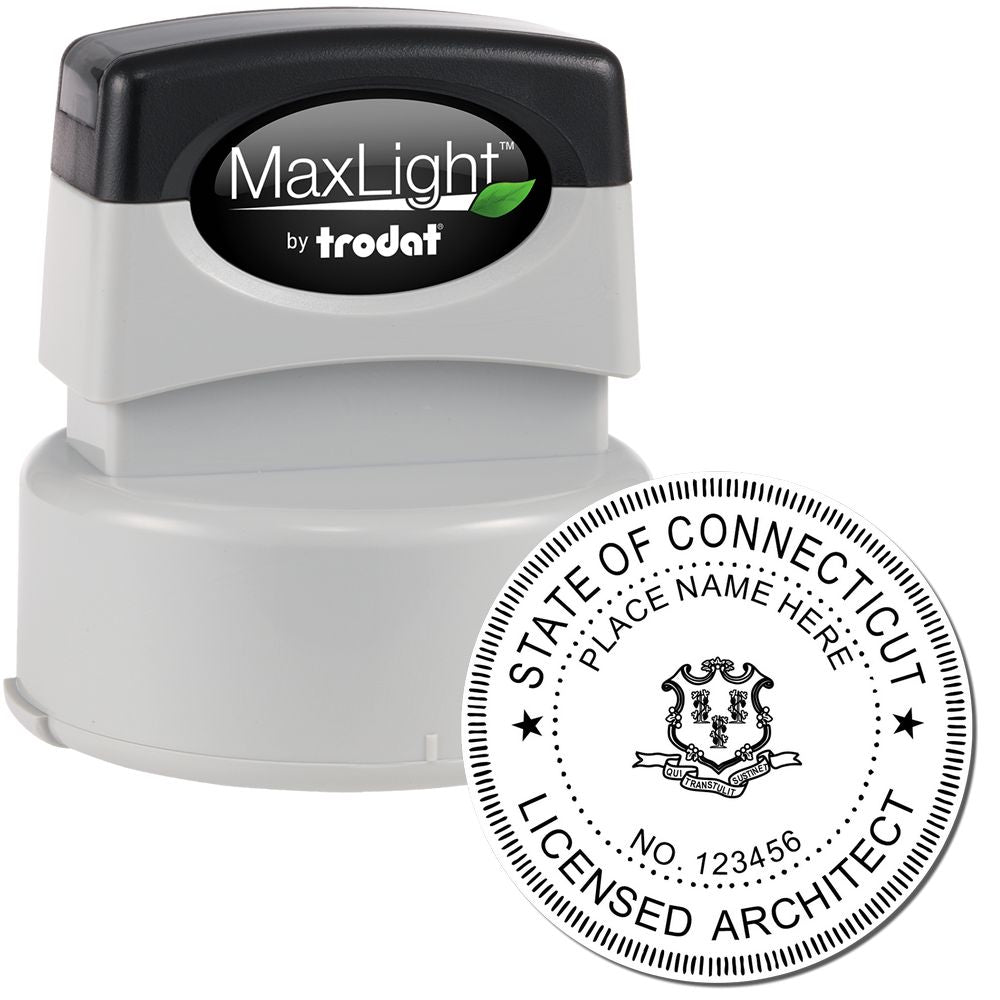
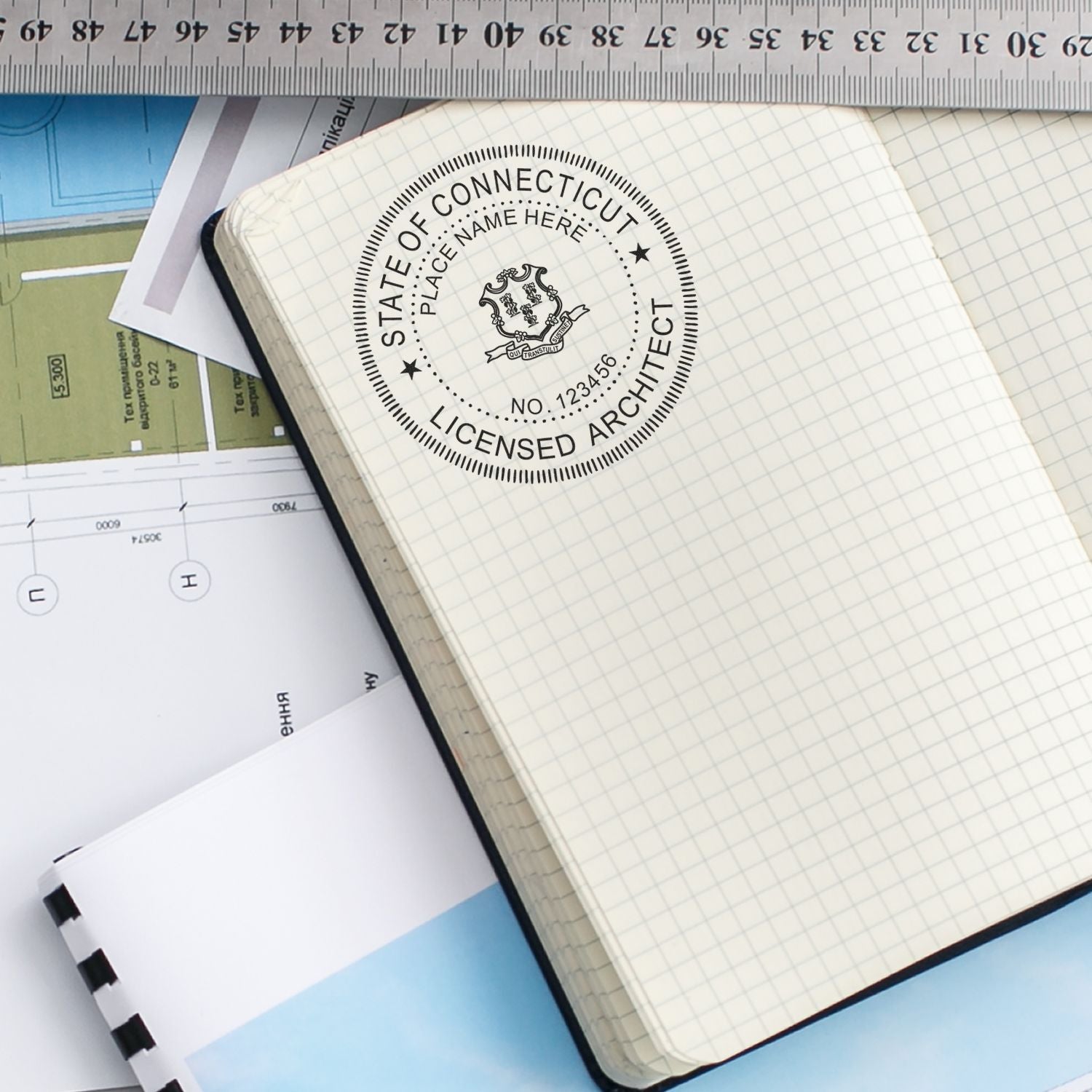
What Are Architect Stamps?
Architect stamps, also known as architect seals, are official endorsements used by licensed architects to validate their work. These stamps typically consist of a design or emblem, along with the architect's name, license number, and the title "Registered Architect" or similar wording. The stamp is imprinted onto architectural drawings, plans, or other relevant documents to signify the architect's involvement and approval.
Why Are Architect Stamps Required?
Architect stamps are required to ensure that architectural documents meet legal and professional standards. They provide a level of assurance that the plans and designs have been reviewed, approved, and certified by a licensed architect. These stamps serve as a safeguard for the public, as well as a means of accountability for architects.
By affixing their architect stamp, architects take responsibility for the accuracy, compliance with building codes, and adherence to professional standards of the documents. This validation helps to instill confidence in clients, contractors, and regulatory authorities, ensuring that the architectural work meets the necessary requirements.
Understanding Connecticut Architect Stamps
Connecticut architect stamps adhere to the specific regulations set forth by the Connecticut architectural board. These regulations define the design and information requirements for architect stamps in the state. It is important for architects practicing in Connecticut to familiarize themselves with the Connecticut architect stamp laws to ensure compliance.
Connecticut architect stamps typically include the architect's name, license number, and the words "Registered Architect" or an equivalent title. The design and layout of the stamp may vary, but it is important to ensure that it meets the state's requirements. For more information on obtaining a Connecticut architect stamp, refer to our article on connecticut architect seal requirements.
Architects in Connecticut must also be aware of the expiration date of their architect stamp. It is essential to keep track of the validity period and renew the stamp in a timely manner to maintain compliance with state regulations.
Understanding the significance of architect stamps and their role in the architectural profession is crucial. By adhering to the requirements and using architect stamps appropriately, architects can demonstrate their professionalism and commitment to upholding the highest standards in their field.
Connecticut Architect Stamps: A Closer Look
When it comes to Connecticut architects, architect stamps play a crucial role in their professional practice. These stamps serve as a mark of authenticity and validate the work of architects. In this section, we will delve into the design and layout of Connecticut architect stamps, as well as the information included on them.
Design and Layout of Connecticut Architect Stamps
Connecticut architect stamps typically feature a clean and professional design. The layout of the stamp is governed by the regulations set forth by the Connecticut architectural board. These regulations specify the required elements that must be present on the stamp, including the architect's name, registration number, and the words "Registered Architect" or an approved abbreviation.
The size of the Connecticut architect stamp may vary, but it is essential to ensure that the stamp is legible and easily recognizable. The stamp design should be simple yet distinct, allowing it to leave a clear and concise impression on the architectural drawings or documents.
Information Included on Connecticut Architect Stamps
Connecticut architect stamps are required to display specific information to comply with state regulations. The following information is typically included on Connecticut architect stamps:
| Information |
|---|
| Architect's Name |
| Registration Number |
| "Registered Architect" or Approved Abbreviation |
| State of Connecticut |
By including this information on the stamp, it becomes a valuable tool in establishing the authenticity and credibility of the architect's work. Architects must ensure that the information displayed on the stamp is accurate and up to date.
It's worth noting that Connecticut architect stamps have an expiration date. Architects should be mindful of this and regularly check their stamp's expiration date to ensure compliance with state regulations. For more information on Connecticut architect stamp requirements and expiration, refer to our article on connecticut architect seal requirements.
Understanding the design and layout of Connecticut architect stamps, as well as the information they contain, is vital for architects practicing in the state. By obtaining a professional architect stamp that meets the state's requirements, architects can confidently validate their work and adhere to the regulations set forth by the Connecticut architectural board.

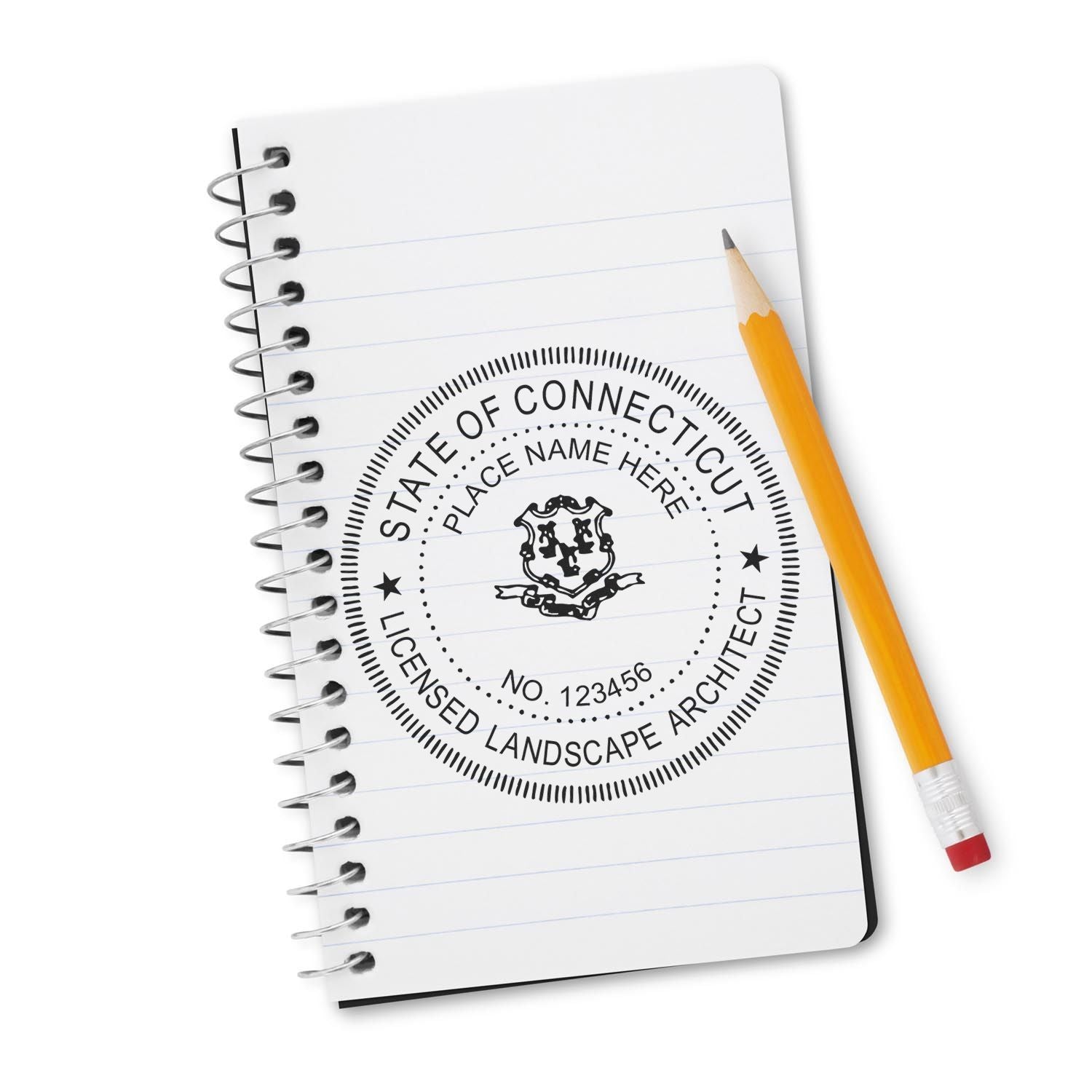
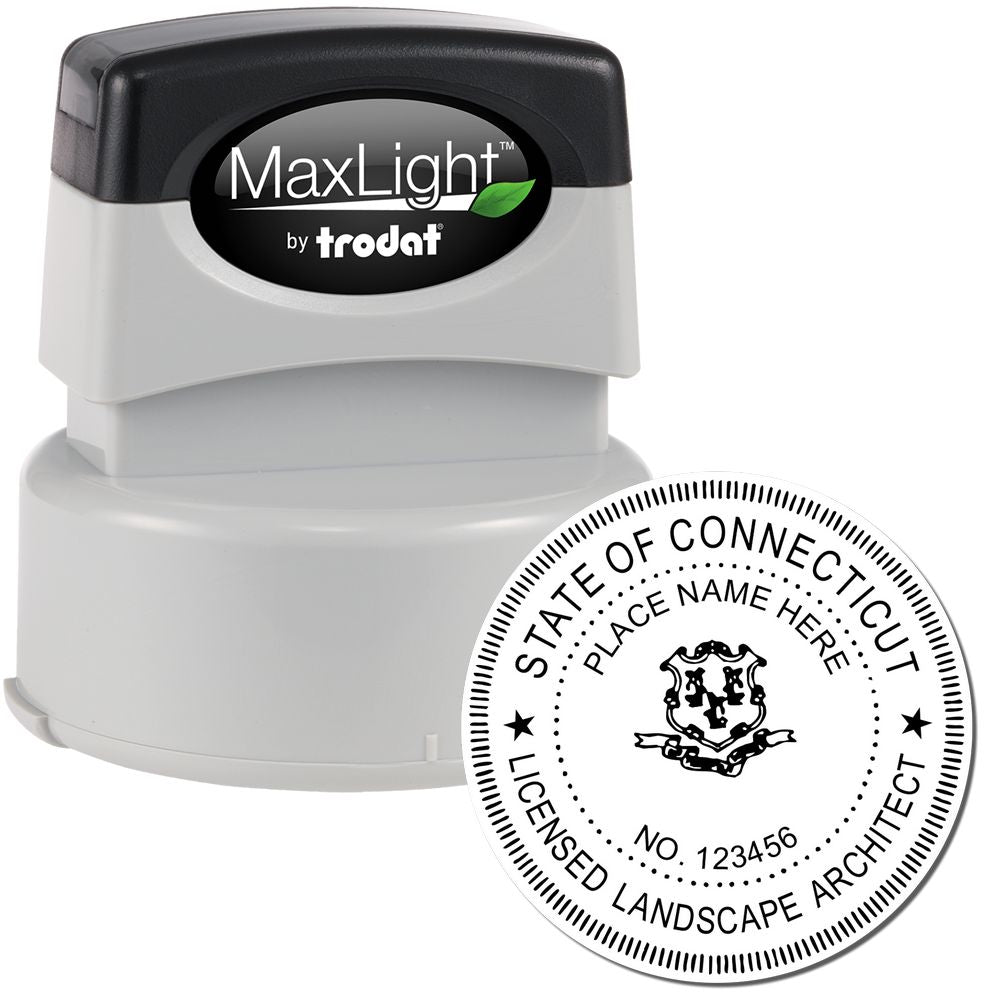
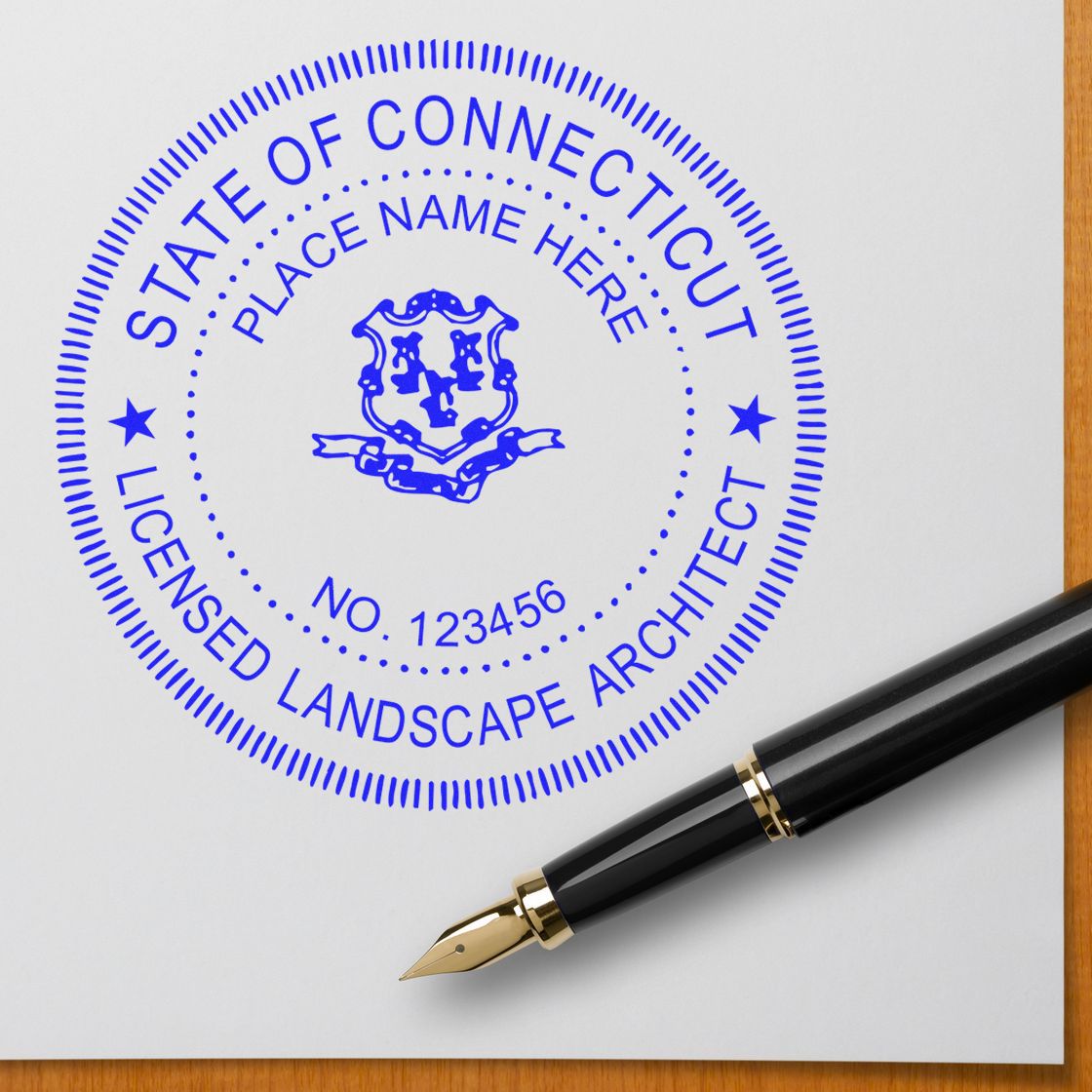
Obtaining a Connecticut Architect Stamp
If you're an architect practicing in Connecticut, obtaining a Connecticut architect stamp is an essential step in your professional journey. This stamp serves as a symbol of your credibility and expertise, allowing you to certify and endorse your architectural drawings and documents. Let's explore the requirements for obtaining a Connecticut architect stamp and where you can purchase one.
Requirements for Obtaining a Connecticut Architect Stamp
To obtain a Connecticut architect stamp, you must meet certain requirements set forth by the Connecticut architectural board. These requirements ensure that architects possess the necessary qualifications and knowledge to practice their profession responsibly and effectively.
The specific requirements for obtaining a Connecticut architect stamp may include:
- Education: Completion of a professional degree in architecture from an accredited institution.
- Experience: Gaining a specified number of years of professional experience under a licensed architect.
- Examination: Successfully passing the Architect Registration Examination (ARE), which tests the knowledge and skills required for architectural practice.
- Licensure: Obtaining a professional architect license from the Connecticut architectural board.
It's important to note that the exact requirements may vary, and it is advisable to refer to the Connecticut architect seal requirements for detailed information.
Where to Purchase a Connecticut Architect Stamp
Once you have fulfilled the requirements and obtained the necessary credentials, you can proceed to purchase your Connecticut architect stamp. There are multiple options available for purchasing the stamp, ensuring that you can find a reputable source that meets your needs.
When shopping for a Connecticut architect stamp, consider the following:
- Authorized Vendors: Look for authorized vendors that comply with Connecticut architect stamp laws and regulations. These vendors offer stamps that meet the required specifications and quality standards.
- Online Suppliers: Many online suppliers specialize in professional stamps and seals. They often provide a wide range of options, allowing you to choose the design, size, and customization options that suit your preferences.
- Local Office Supply Stores: Some local office supply stores may carry architect stamps. However, it's important to ensure that the stamps they offer meet the specific requirements set by the Connecticut architectural board.
Remember to check the expiration date of your Connecticut architect stamp and keep it up to date. For more information on Connecticut architect stamp expiration and renewal, refer to our article on Connecticut architect stamp expiration.
By meeting the requirements and obtaining a Connecticut architect stamp, you can confidently certify your architectural drawings and documents, showcasing your professionalism and expertise in the field.
Tips for Choosing the Right Connecticut Architect Stamp
When it comes to selecting a Connecticut architect stamp, there are several factors to consider to ensure you choose the right one for your needs. Here are some tips to help you make an informed decision:
Considerations for Stamp Design and Size
The design and size of your Connecticut architect stamp play a crucial role in its functionality and aesthetic appeal. Consider the following aspects:
- Legibility: Choose a stamp design that allows for clear and readable imprints. The font size and style should be easily discernible, even on smaller documents.
- Logo or Branding: If you have a personal logo or branding for your architectural firm, you may want to incorporate it into the stamp design. However, make sure it does not compromise the clarity of the required information.
- Stamp Size: Ensure that the size of the stamp is appropriate for the documents you typically work with. A stamp that is too large or too small may impede readability or fail to fit within the designated spaces.
Quality and Durability of the Stamp
Investing in a high-quality and durable Connecticut architect stamp is essential to ensure its longevity and reliability. Consider the following factors:
- Stamp Material: Look for stamps made from durable materials such as metal or high-quality plastic. These materials are less prone to wear and tear, ensuring the stamp remains functional for an extended period.
- Stamp Handle: Opt for a stamp with a comfortable and ergonomic handle. A well-designed handle allows for easy and precise stamping, reducing the risk of errors.
- Ink Quality: Choose a stamp that uses high-quality ink. Good ink ensures consistent and long-lasting imprints, without fading or smudging over time. It's also important to consider the availability of refillable ink cartridges for easy maintenance.
Compliance with Connecticut Architectural Board Regulations
To ensure compliance with Connecticut architectural board regulations, your architect stamp must meet specific requirements. Consider the following:
- Stamp Size: Check the regulations governing the size of the architect stamp in Connecticut. Ensure that the stamp you choose meets the required dimensions.
- Required Information: Familiarize yourself with the information that must be included on the stamp, such as your name, professional title, license number, and the words "Registered Architect" or "Architect." Make sure the stamp you select can accommodate all the necessary details.
- Expiration Date: Some states require architect stamps to display an expiration date. Check the regulations in Connecticut to determine if an expiration date is necessary. Our article on connecticut architect stamp expiration provides more information on this topic.
By considering these tips, you can choose a Connecticut architect stamp that meets both your practical needs and regulatory requirements. Remember to consult the connecticut architect seal requirements to ensure your chosen stamp adheres to the necessary guidelines.
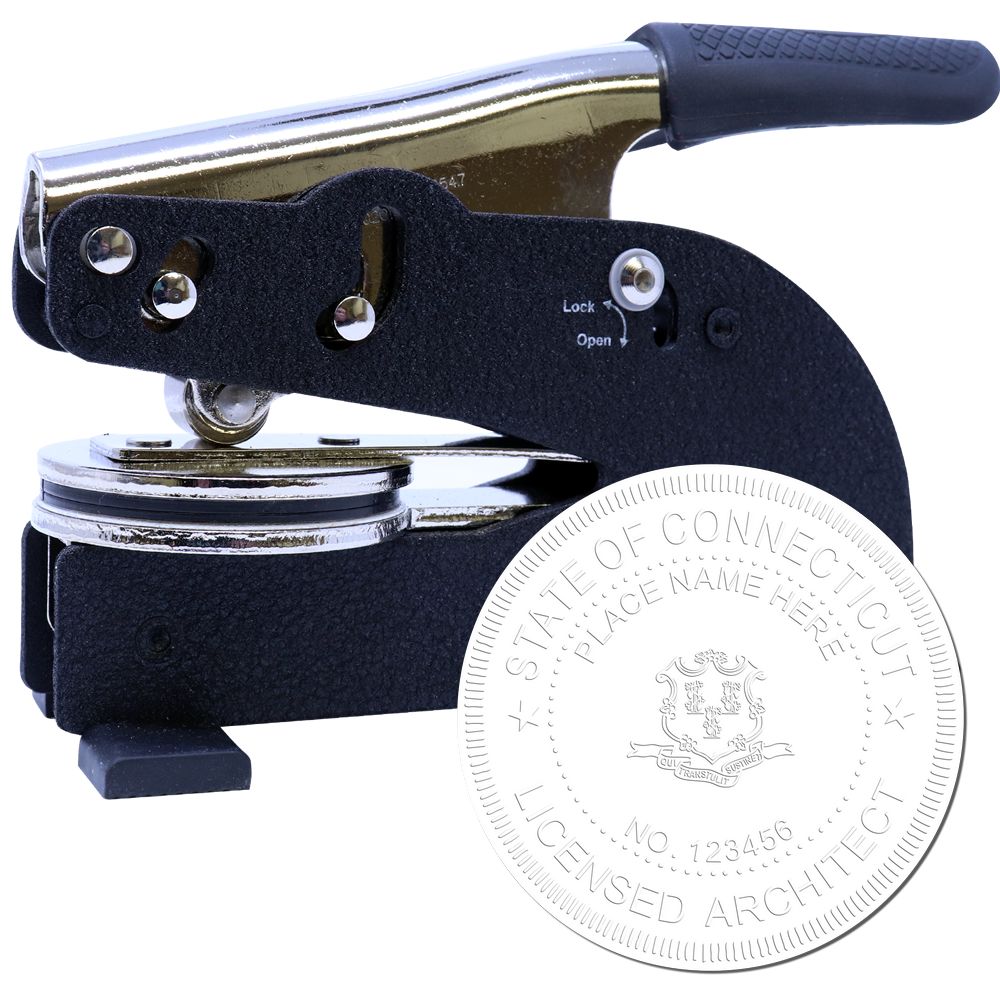

Maintaining and Using Your Connecticut Architect Stamp
Once you have obtained your Connecticut architect stamp, it is important to properly maintain and use it to ensure its longevity and effectiveness. Here are some tips to help you with the proper storage and maintenance, correct usage of the stamp, and stamp replacement and updating.
Proper Storage and Maintenance
To maintain the integrity of your Connecticut architect stamp, it is important to store it in a safe and dry place when not in use. Exposure to excessive moisture or extreme temperatures can damage the stamp and affect its performance. Consider using a protective case or pouch to keep the stamp clean and free from dust or debris.
Regular cleaning is essential to ensure that the stamp produces clear and legible impressions. Use a mild soap and water solution to gently clean the stamp's surface. Avoid using harsh chemicals or abrasive materials that may damage the stamp. After cleaning, dry the stamp thoroughly before storage.
Correct Usage of the Stamp
When using your Connecticut architect stamp, it is crucial to follow the guidelines set by the Connecticut architectural board. Ensure that you are using the stamp in accordance with the regulations and requirements. Familiarize yourself with the specific guidelines related to stamp placement, size, and ink color.
Before stamping any document or drawing, make sure the surface is clean and free from any obstructions or creases. Apply consistent pressure when stamping to ensure a clear and even impression. If the stamp is not producing a satisfactory result, check the ink pad for dryness or wear. Re-inking or replacing the ink pad may be necessary.
Stamp Replacement and Updating
Connecticut architect stamps have an expiration date, and it is important to replace them before they expire. Using an expired stamp may render your documents invalid. Keep track of the expiration date and plan ahead for a replacement. Visit our article on Connecticut architect stamp expiration for more information on the expiration process.
If any changes occur to your professional status, such as a name change or updated license information, it is essential to update your Connecticut architect stamp accordingly. Contact the Connecticut architectural board to ensure compliance with their regulations and requirements. Our article on Connecticut architect seal requirements can provide further guidance on the necessary steps to take.
By properly maintaining and using your Connecticut architect stamp, you can ensure its longevity and effectiveness. Remember to store it in a safe place, clean it regularly, and follow the guidelines for usage. Stay aware of the expiration date and update your stamp as required. Following these steps will help you maintain your professional image and adhere to the regulations set by the Connecticut architectural board.
About ESS
Engineer Seal Stamps, also known as ESS, is a leading provider of high-quality custom rubber stamps, professional seals, and notary stamps. With a commitment to excellence in both product and service, we take great pride in offering a state board guarantee on all of our products. Our top-of-the-line engineer seal stamps and professional seals are perfect for architects, engineers, and anyone else in need of reliable and accurate stamping solutions.
At ESS, we understand that time is valuable. That's why we offer a quick turnaround on all of our products, ensuring that you receive your order in a timely and efficient manner. We believe that customer satisfaction is the foundation of any successful business, which is why we strive to provide stellar customer service to all of our clients. From the moment you place your order, our knowledgeable and friendly staff will work closely with you to ensure that your needs are met in every way possible.
In addition to our commitment to quality products and exceptional customer service, ESS also strives to be an environmentally conscious company. We make every effort to reduce our environmental impact by using sustainable and eco-friendly materials in our stamp production process. At ESS, we are dedicated to providing our customers with the highest quality stamping solutions. With our commitment to excellence, state board guarantee, quick turnaround, and environmentally conscious practices, you can trust that you are receiving the best products and service available.

